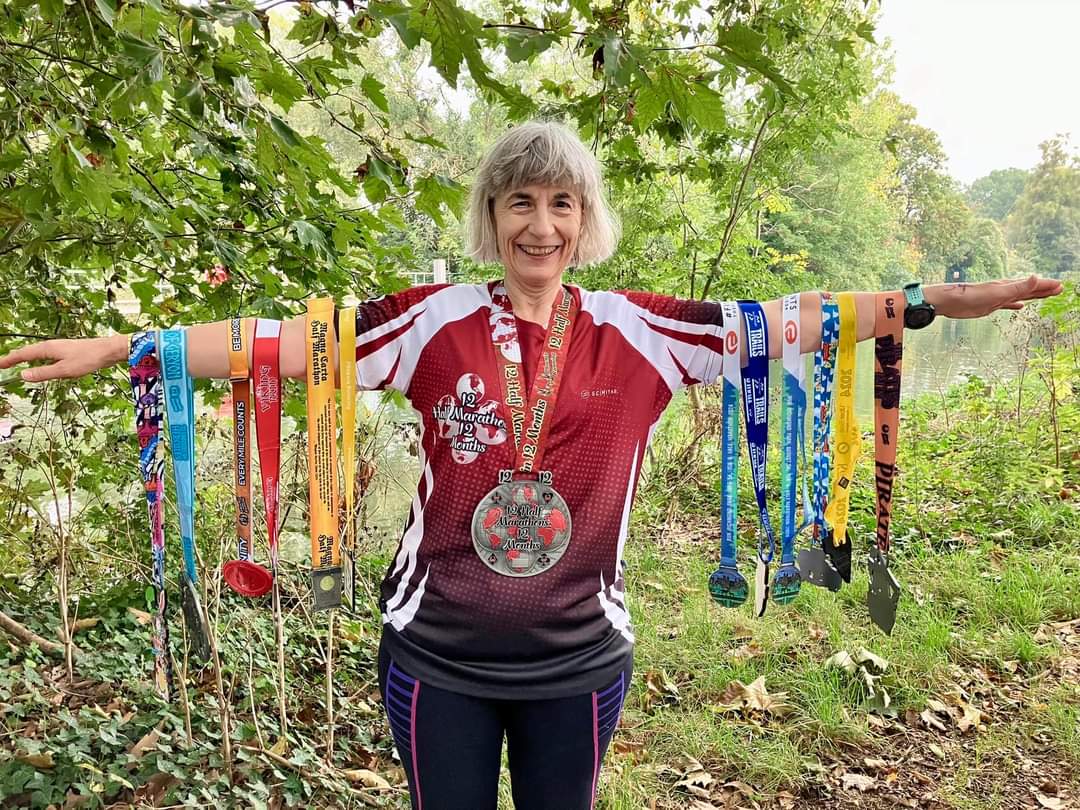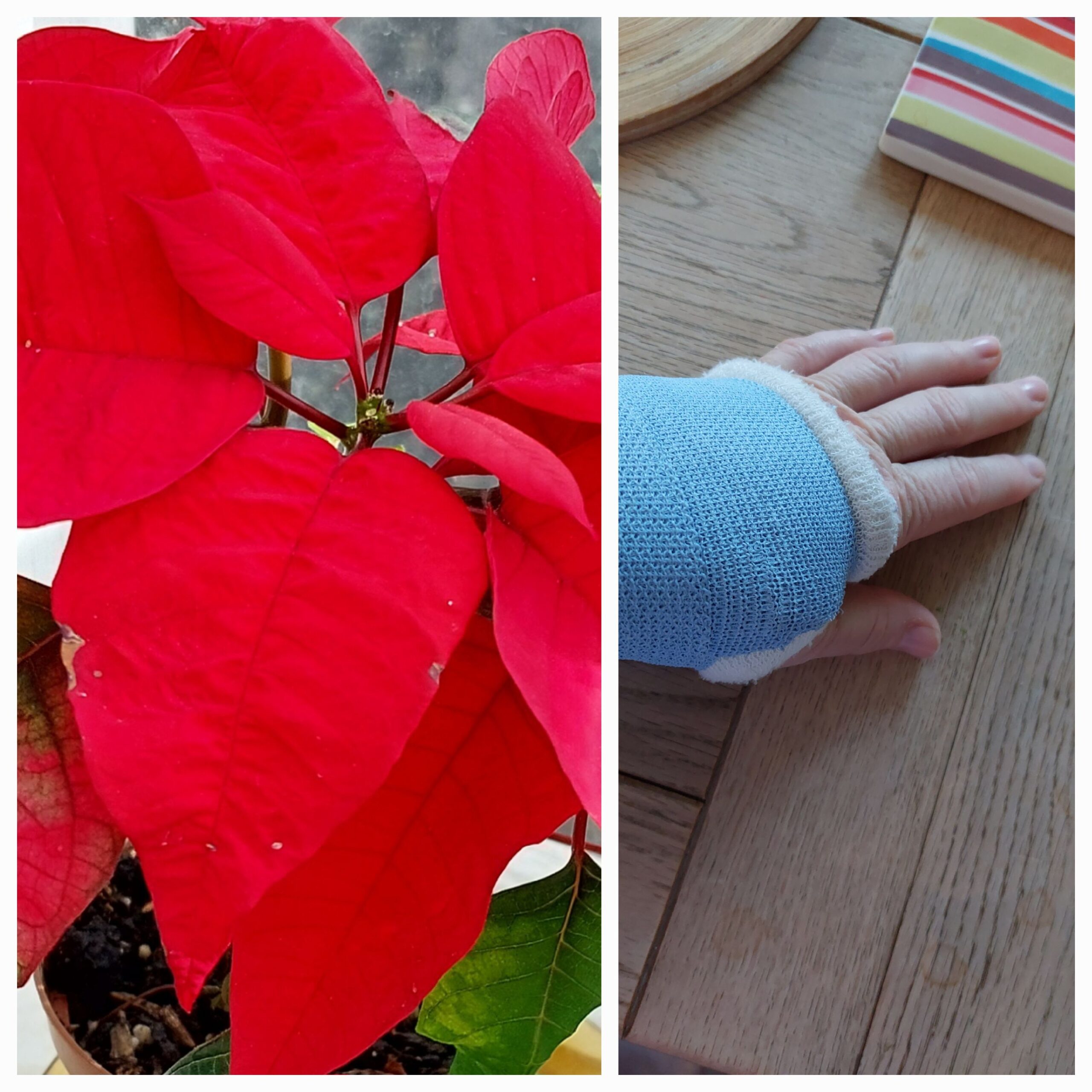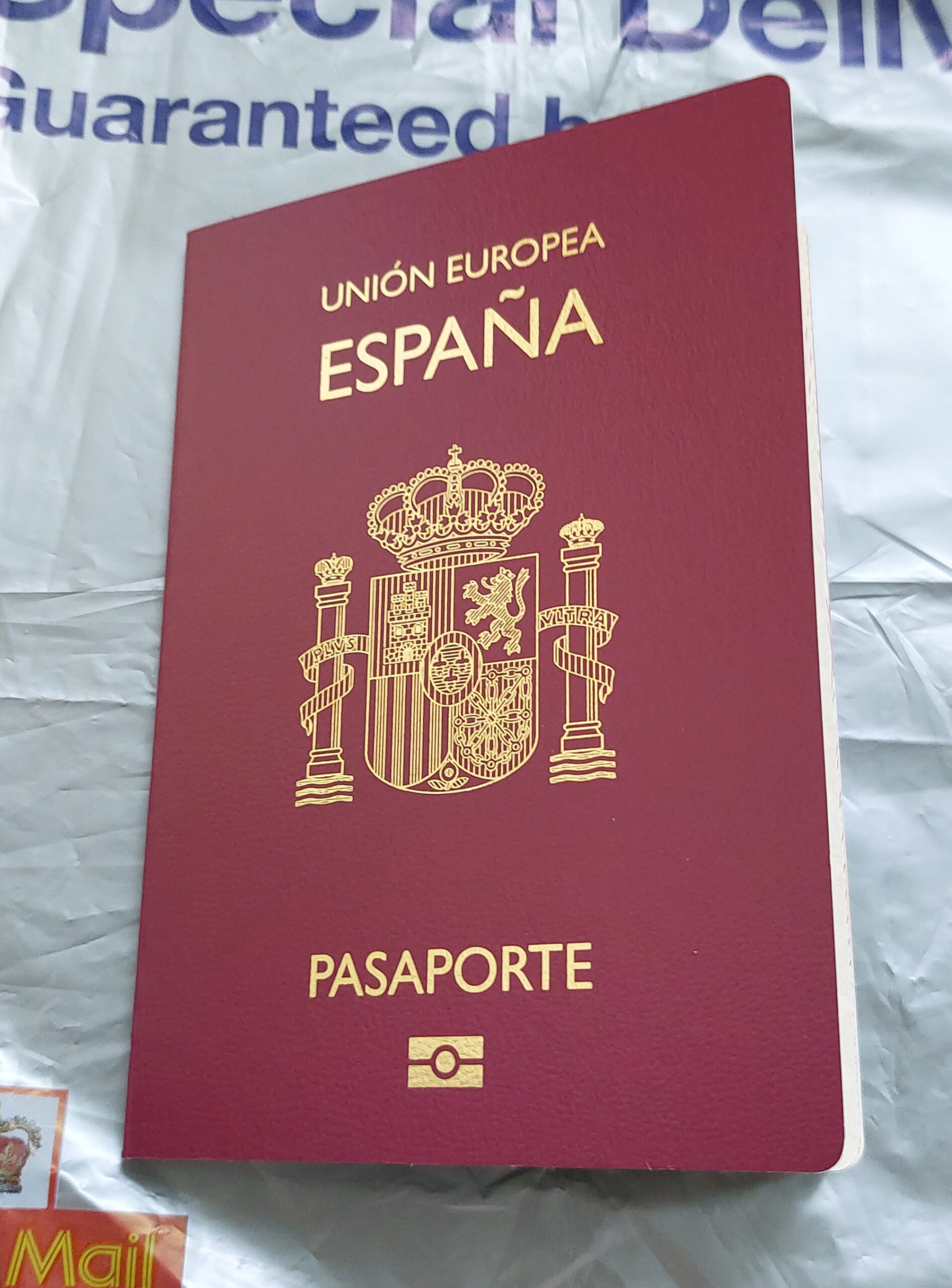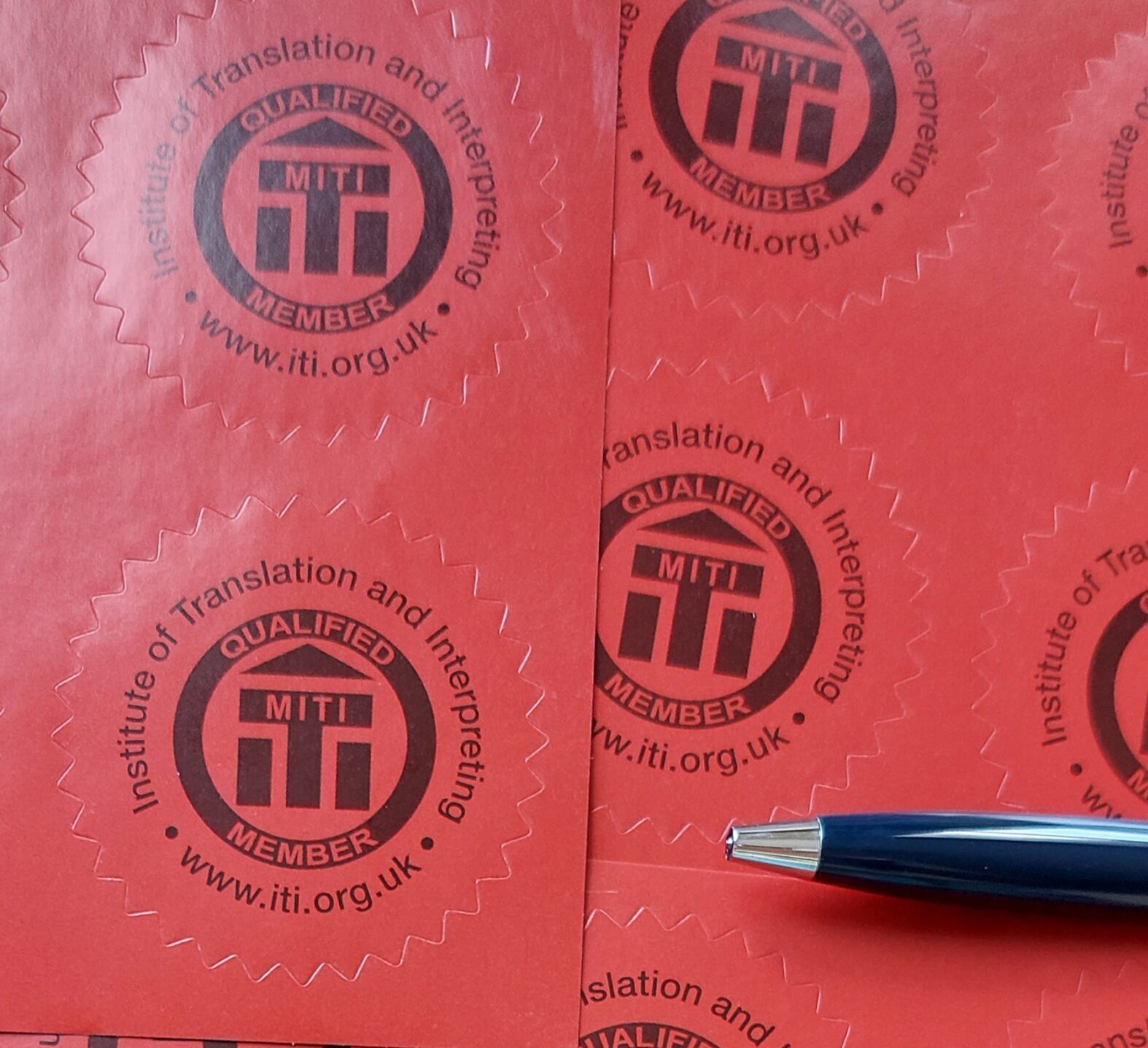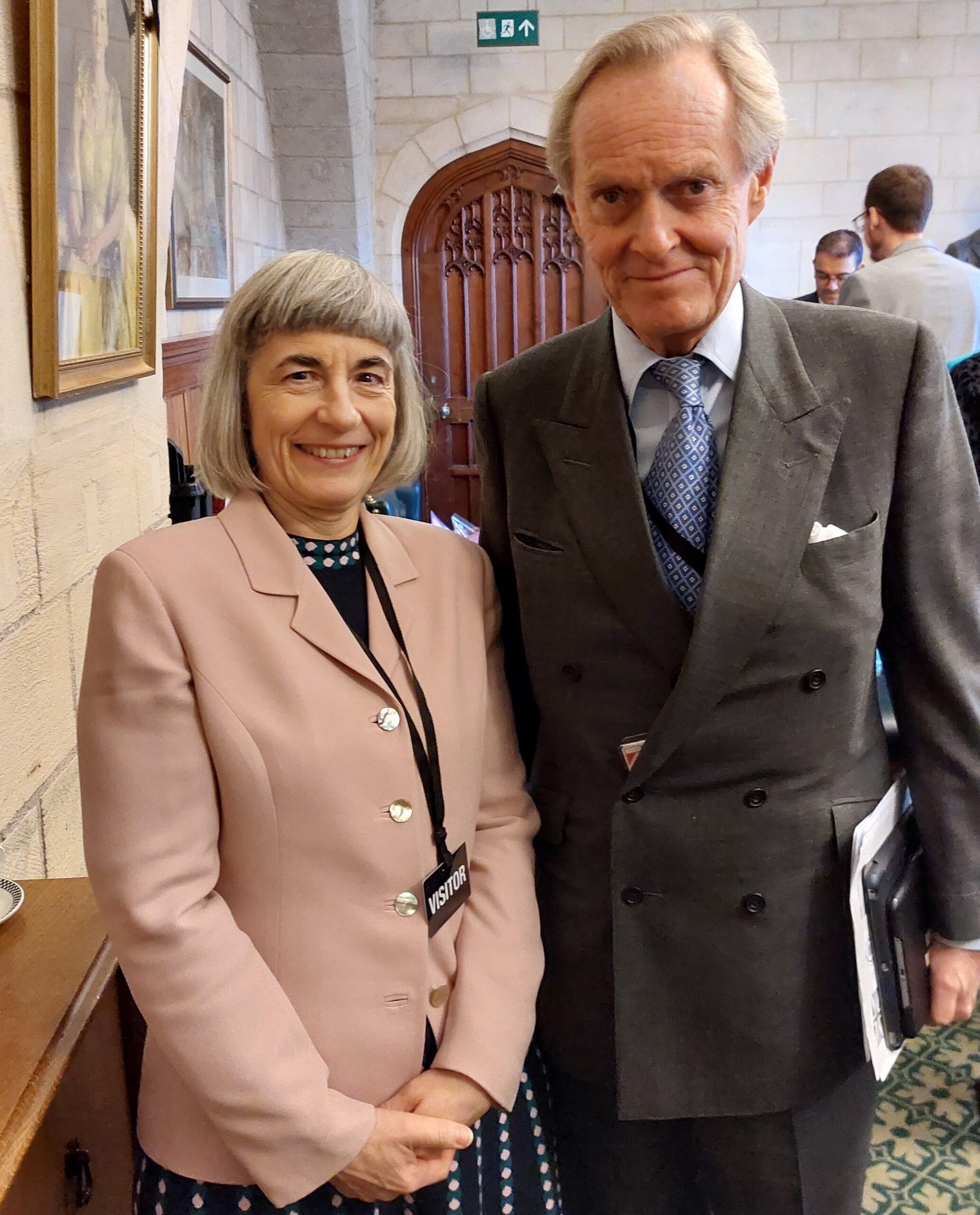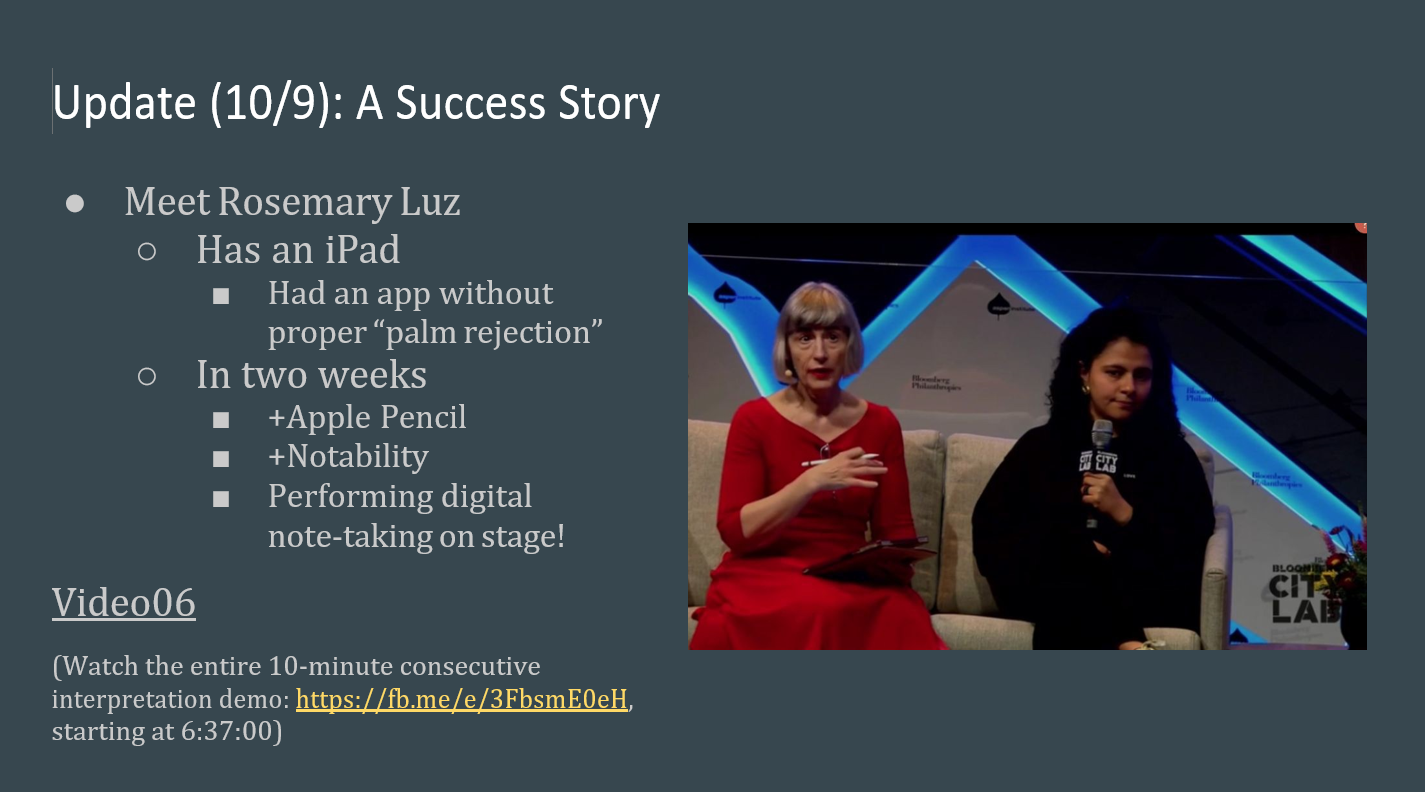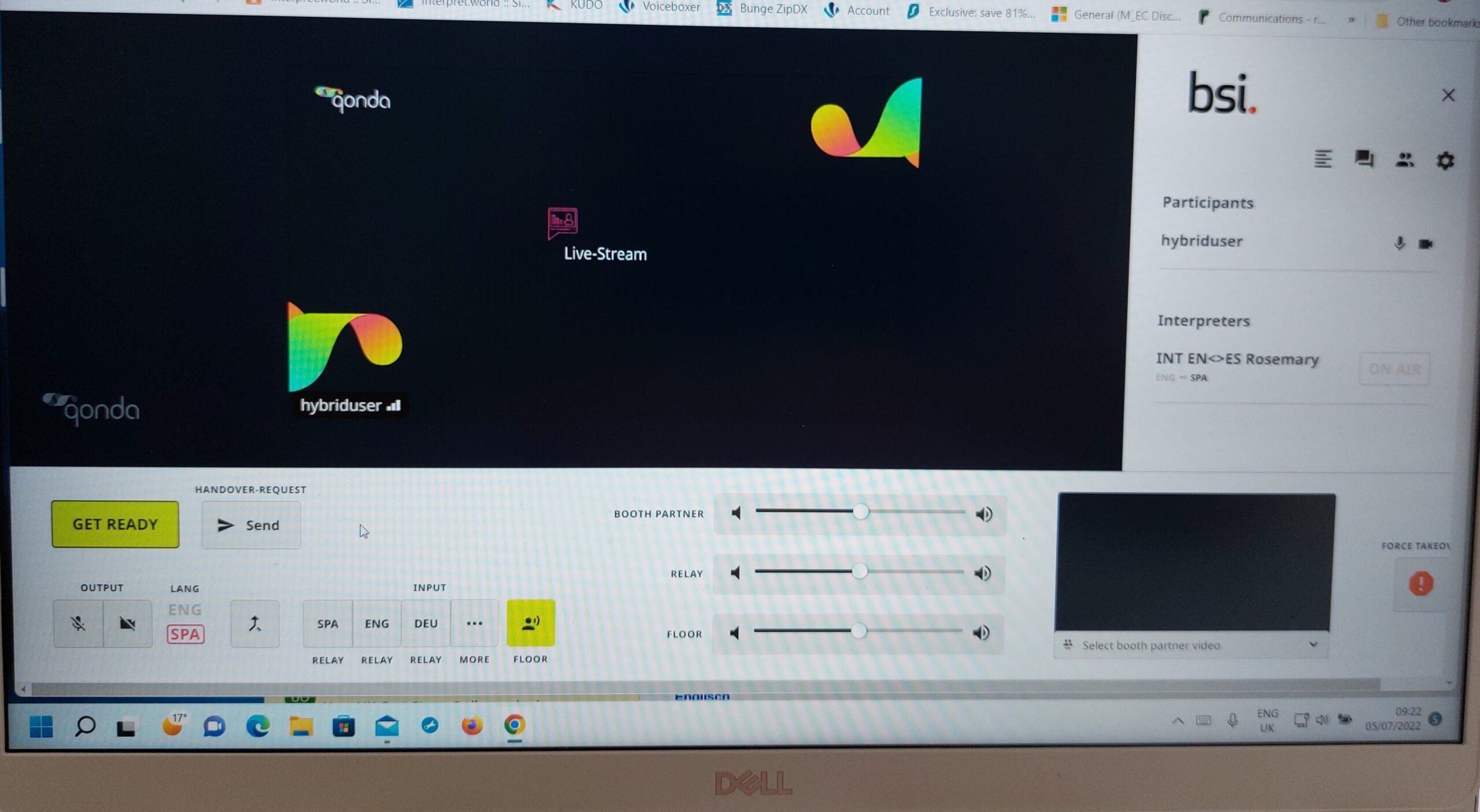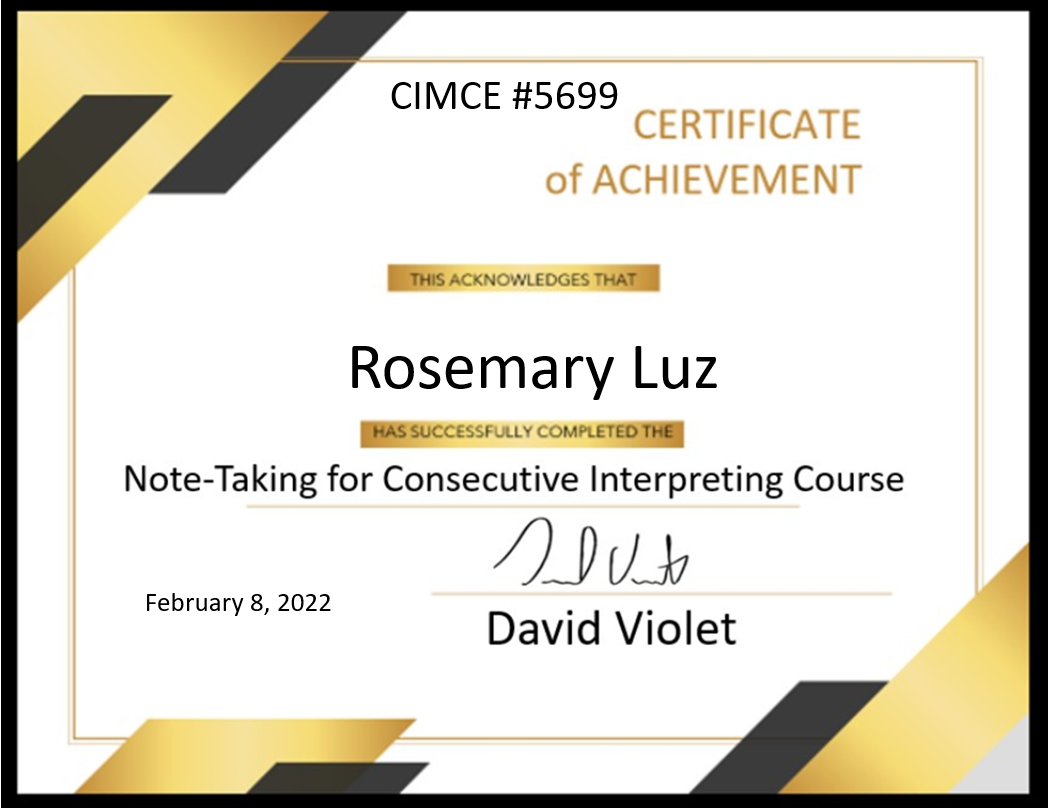I know that my hair’s a bit messy in the photograph above but I had just been running for 13.1 miles. The day was 21st September 2024 and crossing the finish line that day took much, much more than I bargained for. Reflecting on the last eleven months I can most definitely say that it’s been a year of challenges, four to be precise.
My Left Wrist.
On 17th December 2023, I fractured my wrist. I wrote about this in an earlier blog. Over the winter I diligently ate bone-healing foods and did all the low-key physiotherapy I was allowed to do. By Easter 2024, the cast had come off and I was having physiotherapy appointments with lots of exercises for homework. I was back on the towpath running, too. As good as my progress was I knew that no summer beach holiday would be possible. Every now and then on the way back from the supermarket I would carry a bag for too long and I really felt it when I got home. I would have to rest my wrist for a couple of days and lay off the physiotherapy exercises.
The photo below shows me when I haven’t been running 13.1 miles or doing any running at all. It was on my birthday last year. I was determined not to let my fracture spoil my fun. The colour of my sling may not have matched my party dress but it matched my coat beautifully. I was injured but still looked chic!
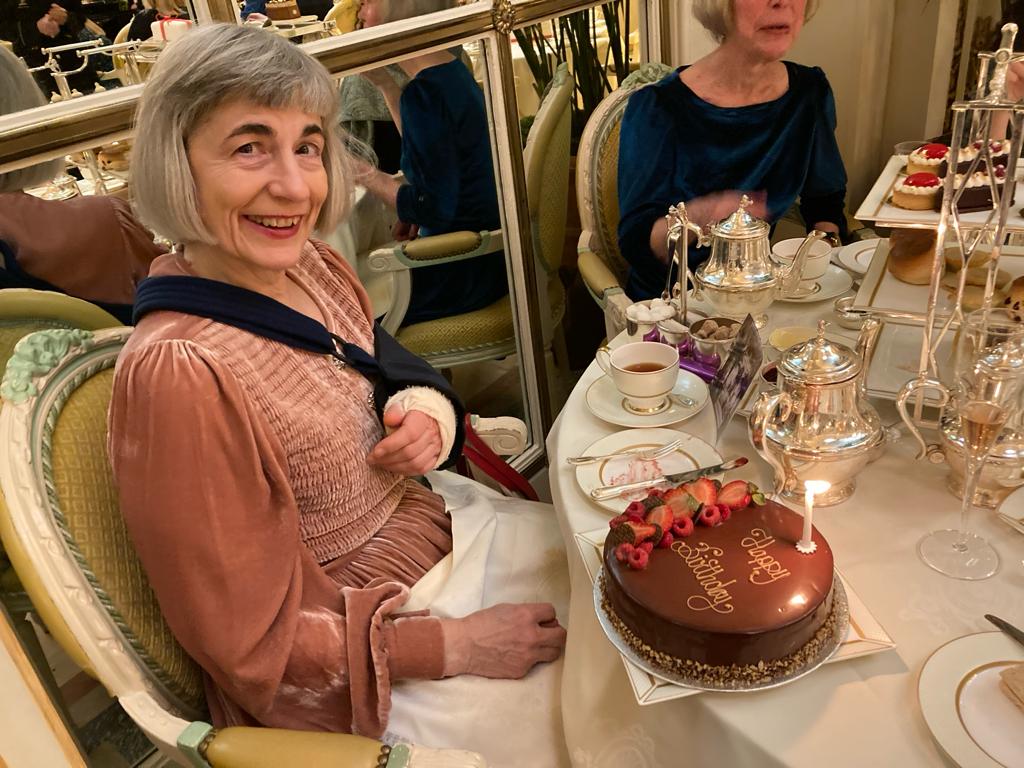
The Change in My Anti-Epileptic Medication.
On 5th March 2024, I agreed to changing my anti-epileptic medication because I had been on it for a long time and my neurologist had been advising me for some years that I should consider switching. Therefore, in good faith, I began a drug transition plan where the consumption of old Medicine A was gradually tapered off and I slowly started taking Medicine B. By June I was on the full dose of Medicine B and experiencing the side-effect of significant insomnia three nights a week but I didn’t realise it. At first I thought it was because I had eaten too much chocolate or been on my phone for too long. It took a month for the penny to drop. I nearly had a seizure in mid-July and asked to be taken off Medicine B. My neurologist put me on Medicine C which gave me just as much as insomnia as a side-effect and made me very forgetful when I was on the full dose. I left the house without my purse. At work I made minor mistakes. Nobody else noticed but it was very troubling. By early September I was on the full dose of Medicine C but there were few benefits and so I asked to return to the medication that I had been stable on. For me, it was a complete medical fiasco and a very frightening time. There were some nights that I had so little sleep I thought that I was going to go mad. Hindsight is a wonderful thing. Had I known in March what lay ahead of me I would never have agreed to the switch and I don’t think that my neurologist would have suggested it either.
My Running Challenge: ’12 in 12′.
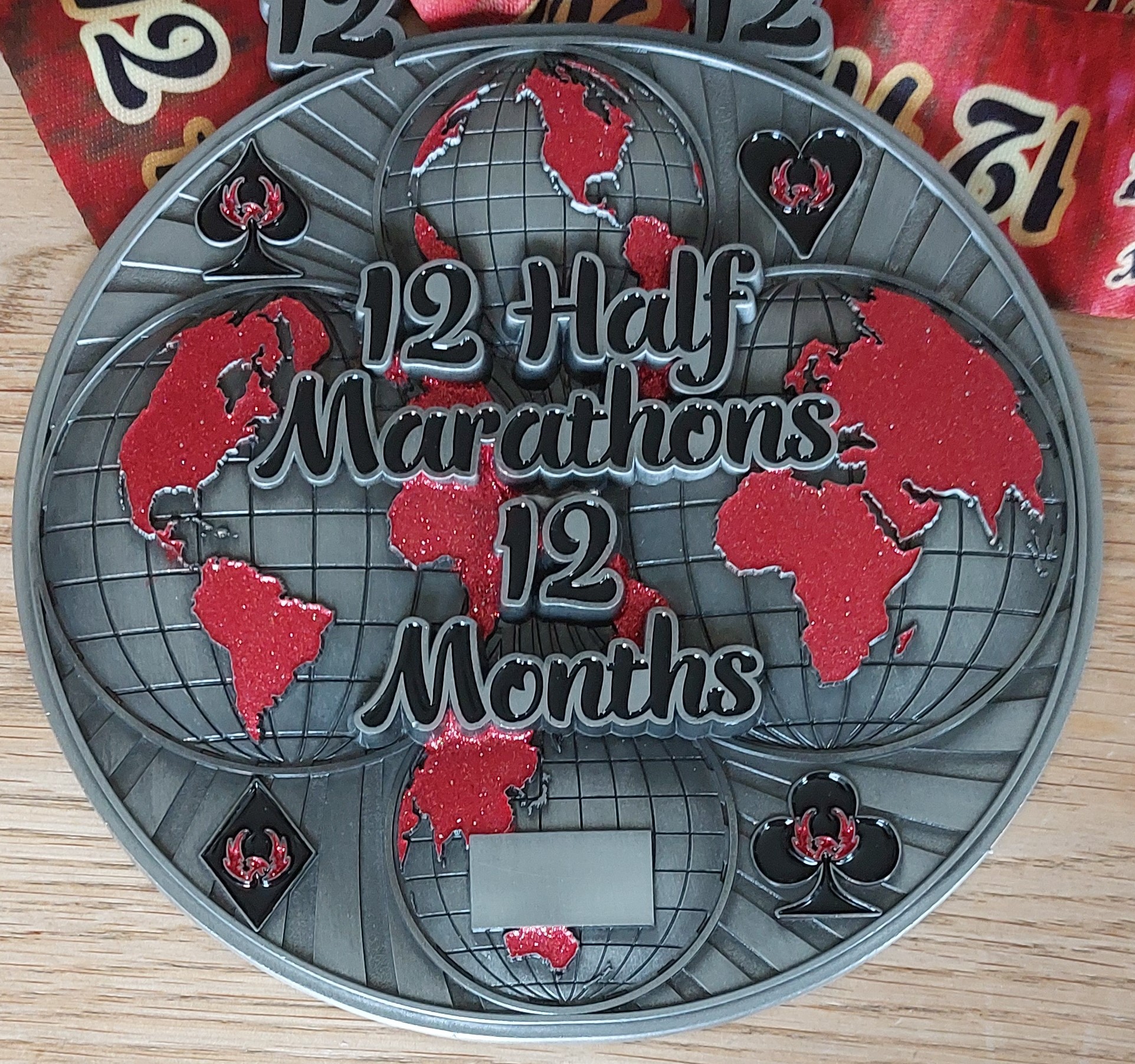
In May 2024, before the pernicious effects of Medicine B took hold, I gave myself a personal running project. My view was that it would cheer me up and that I wouldn’t miss my beloved beach holiday. I decided to run 12 half-marathons in 12 months. However, it wasn’t really in twelve months but five months. At the end of 2023 I was grounded from running until late March 2024. I needed to make up for lost time and I knew that running would strengthen my wrist’s bones and muscles. By the time I finally started running regularly again it was late April. I knew that I didn’t want to spread the ’12 in 12 Challenge’ over the autumn and winter months, so I decided to run them over the spring and summer months from May to September 2024, hence five months.
This ’12 in 12 Challenge’ was being offered by Phoenix Running as part of Global Marathon Challenges. I’ve run with them before and enjoyed the marathons and half-marathons that they’ve organised. Phoenix Running is a well-oiled machine. Everyone at the Race HQ tent, including the Race Director, Rik Vercoe (aka Mr Cheeky Half), run a half-maration or marathon before or after they’ve volunteered for a few hours. Phoenix Running has a ‘rock up and roll’ system which I love. Runners are not herded into groups, made to wait for an hour, given a pep-talk and then sent off together. Oh no. At Phoenix as soon as you have written your bib number on your hand, dumped your bag by the ‘Bag Tree’ and chosen your preferred refreshment for the cup in your bib-numbered holder, Rik counts you down and you are off!
You run along the towpath from The Weir riverside pub, Walton-on-Thames to a turning point which is between a mooring and the end of somebody’s back garden. The other runners always seem to be running before I arrive. They’re friendly and offer loads of encouragement, with smiles, thumbs-up, high-fives and / or a “Well done”. I’m very impressed with their accomplishments. There’s one runner who’s clocked up 2,128 marathons. Another recently finished his ’52 in 52 Challenge’: 52 marathons in 52 weeks. That’s a marathon every weekend for a year! Last weekend, a runner achieved their 100th half-marathon. A lot of the runners are so swift that you’ll miss them if you blink twice!
On one particular half-marathon, I forgot which, I was reflecting on life as I trotted along the towpath. It occurred to me that all the runners across all the running association events that I’ve encountered are disciplined, motivated, punctual, healthy, fit and very modest about their accomplishments. From a freelancer’s or small business owner’s point of view they are dream clients. Why hadn’t I noticed that sooner?
My Seven x Seven Dream
The eve of my last half-marathon was 20th September and that was when I stopped taking any more doses of Medicine C. I ran Phoenix’s ‘Pirates Run’ on 21st September and received my Pirates Run medal, ’12 in 12′ t-shirt, certificate and medal. The latter is a whopper! I had to mark the auspicious achievement with lots of photos and even if I say so myself I was rather chuffed to have crossed the line with all the insomnia that I was suffering from.
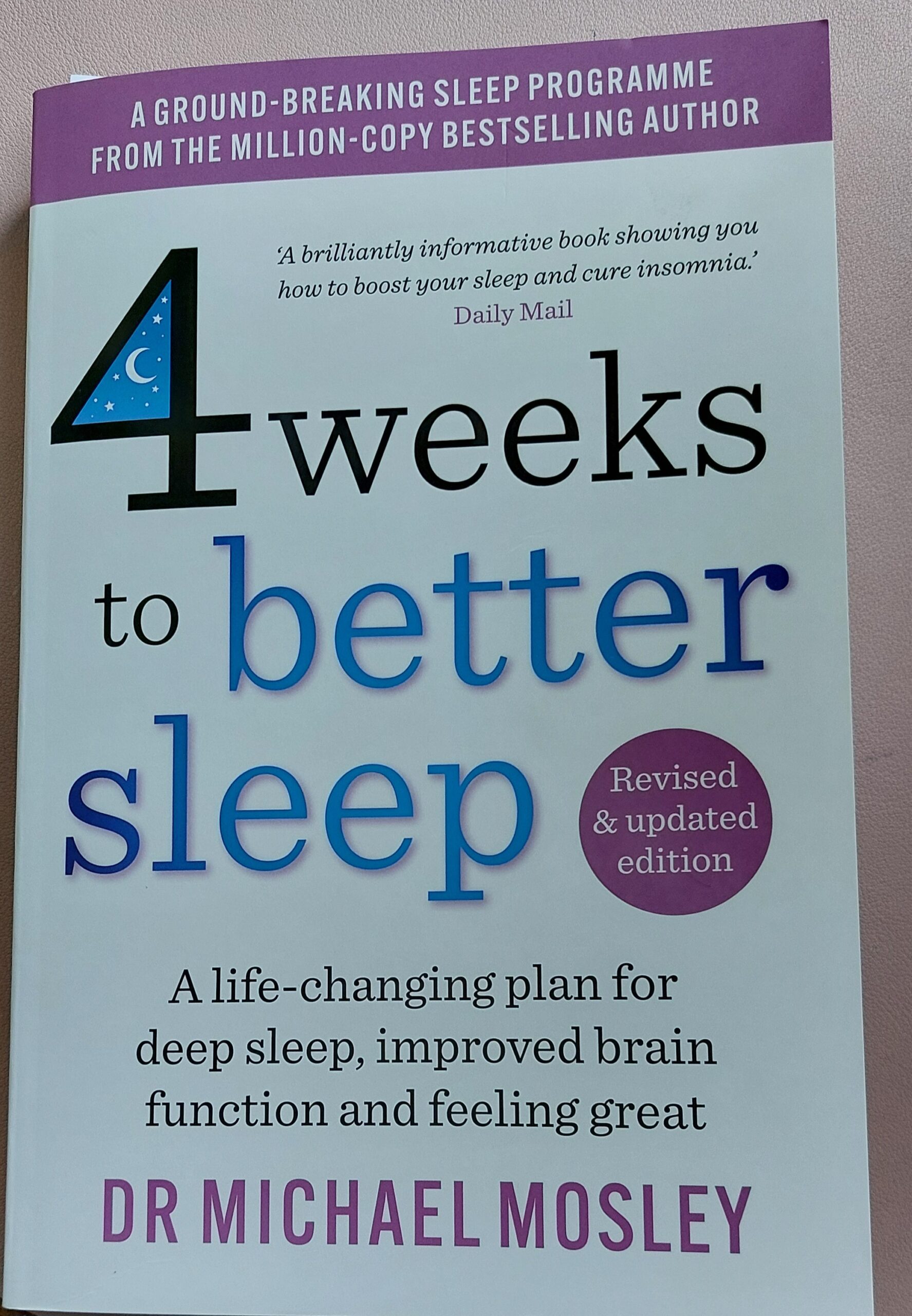
That night I slept naturally with no insomnia. It was divine! I slowly returned to my usual sleep pattern. However, it was flawed because on some nights I found nodding off quickly and naturally quite difficult. The status quo was not good enough. Emboldened by my ’12 in 12′ achievement I decided to give myself another goal: seven nights of seven consecutive hours’ natural sleep. I wanted and want to say that every week I’ve clocked up 49 hours of natural sleep.
My research took to me to Dr Michael Mosley’s book, ‘Four Weeks to Better Sleep’. Yes, the same Michael Mosley who went on holiday to Greece last summer and never came back, unfortunately. He’s famous for curing himself of his type 2 diabetes and chronic insomnia. His book is a wonderful education on how your brain works and what sleep does. Dr Mosley recommends a sleep plan which involves increasing your Mediterranean diet, practising deep breathing and eating sleep-inducing foods. The latter was a revelation!! Who knew? I still haven’t quite finished the first sleep plan but the signs are promising. I may well return to seven consecutive hours’ natural sleep for seven days a week. This is my Seven x Seven Dream and hopefully by the anniversary of my wrist fracture this December I’ll know whether it’s a dream that’s come true.

